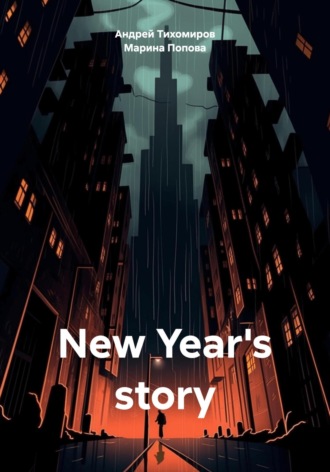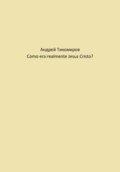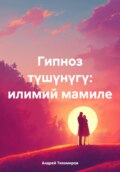
Андрей Тихомиров
New Year's story
The Snow Maiden is a unique attribute of the image of Father Frost. None of its younger or foreign brethren have such lovely escorts. The image of the Snow Maiden is a symbol of frozen waters. This girl, dressed only in white clothes, reflects popular ideas about youth and moral beauty. No other color is allowed in traditional symbolism. Her headdress is an eight-rayed crown embroidered with silver and pearls. The modern costume of the Snow Maiden most often corresponds to the historical description. Violations of the color scheme are extremely rare and, as a rule, are justified by the inability to make the “correct” suit. In the repertoire of storytellers, the tale of the Snow Maiden, known only in Russian folklore, is usually combined with other plots. One of the versions of the fairy tale, in which the Snow Maiden melts from the sun's rays, was creatively developed by A.N. Ostrovsky in the fairy tale play of the same name, which formed the basis of the opera by N.A. Rimsky-Korsakov "The Snow Maiden".
1916: “On April 8, the 1st meeting of the Committee to Combat German Domination was held in Petrograd. This dominance was understood as the influence of the German language and German customs on the Russian people. In particular, decorating Christmas trees for the New Year was prohibited; it was believed that this was a German custom introduced by Peter I. (In fact, the worship of evergreen and long-lived trees and plants, herbs – for example, oaks, heather, spruce (fir trees), fir trees , palm trees, baobabs, etc. is due to the fact that ancient people could not explain why these plants and trees are ever green and (or) live for a very long time, hence the ancient custom of decorating these trees and plants, which became widespread among the Germans in northern Europe decorations of fir trees, as the most common trees and shrubs, which have survived to this day as New Year trees). In December 1915, by decree of Nicholas II, the liquidation of German colonies in the Volga region, southern Ukraine and the Caucasus was scheduled for April 1917 through the forced resettlement of German colonists to Siberia. Bans have been introduced on the use of the German language in public places, on the dissemination of information about the army, in a number of provinces the spread of rumors and false information discrediting the government is prohibited" (Tikhomirov A.E., Hard Time of Russia: 1916-1919. Chronicle of events. "Ridero" , Ekaterinburg, 2019, p. 3).
References
Great Soviet Encyclopedia, edited by B. A. Vvedensky, Moscow, 1953, vol. 19
Calendar customs and rituals of the peoples of East Asia. New Year, editors-in-chief: R. Sh. Dzharylgasinova, M. V. Kryukov, Moscow, Main editorial office of oriental literature of the Nauka publishing house, 1985
Tikhomirov A.E., “History of the New Year and chronology in Rus'”, published in “Lokomotiv”, December 2005 No. 21, the newspaper of the labor collective of the Orenburg Locomotive Repair Plant, also in the “Collection of Articles”. Orenburg, 2014
Tikhomirov A.E., Hard Times of Russia: 1916-1919. Chronicle of events. "Ridero", Ekaterinburg, 2019
Tikhomirov A.E., Meru – Ural Mountains? "LitRes", Moscow, 2023
Tikhomirov A.E., Tikhomirova G.M., Migrations of Indo-Europeans. Indians are Indo-Europeans. "Ridero", Ekaterinburg, 2018







